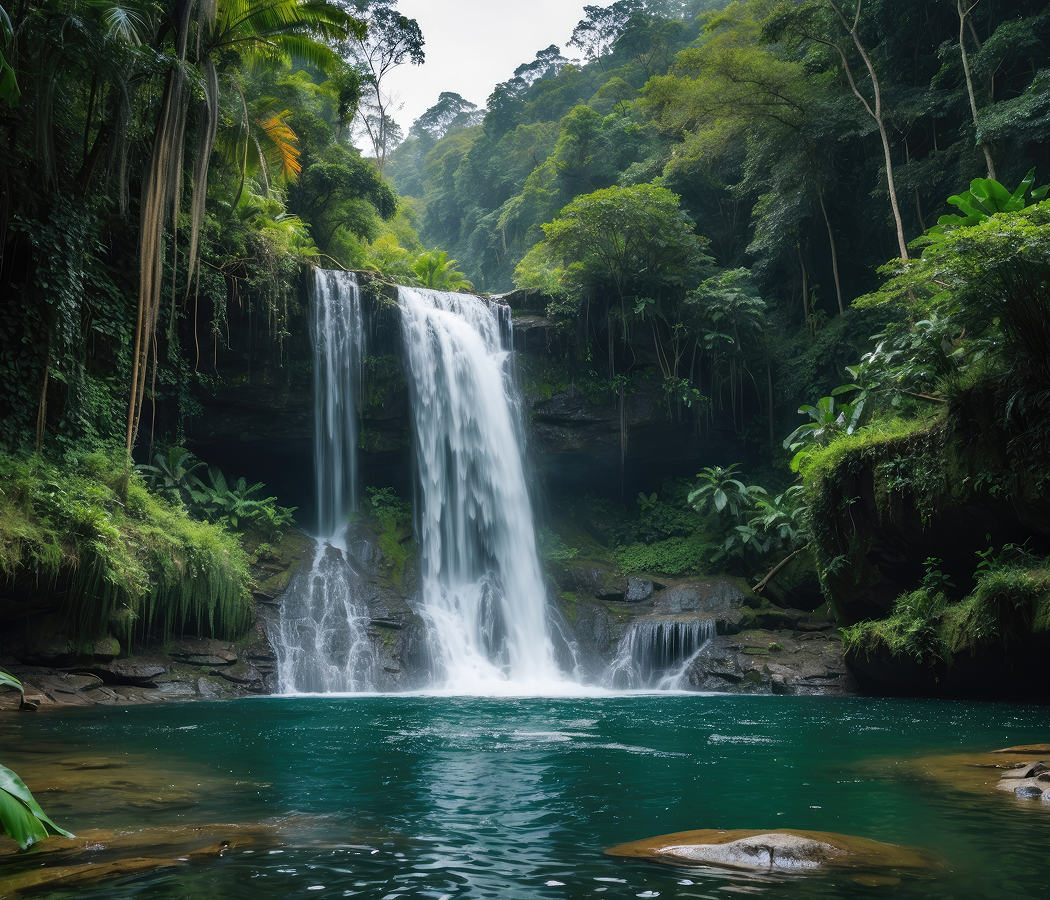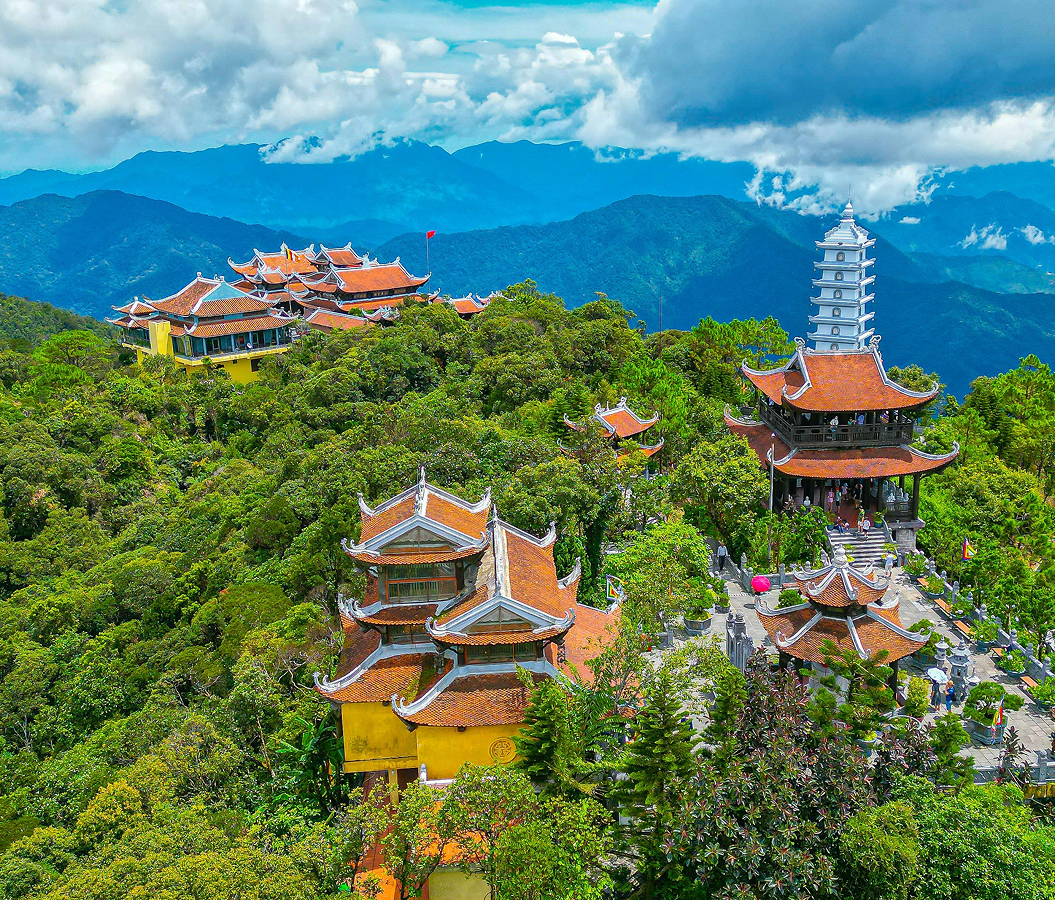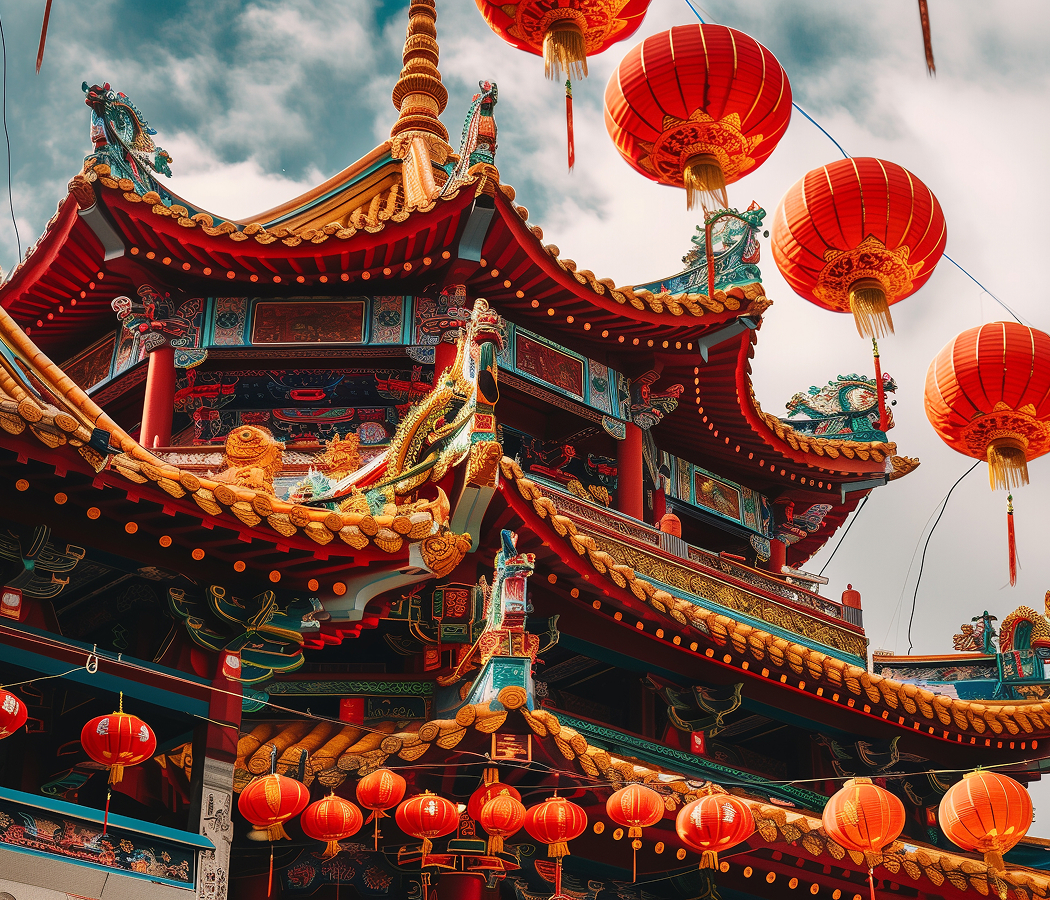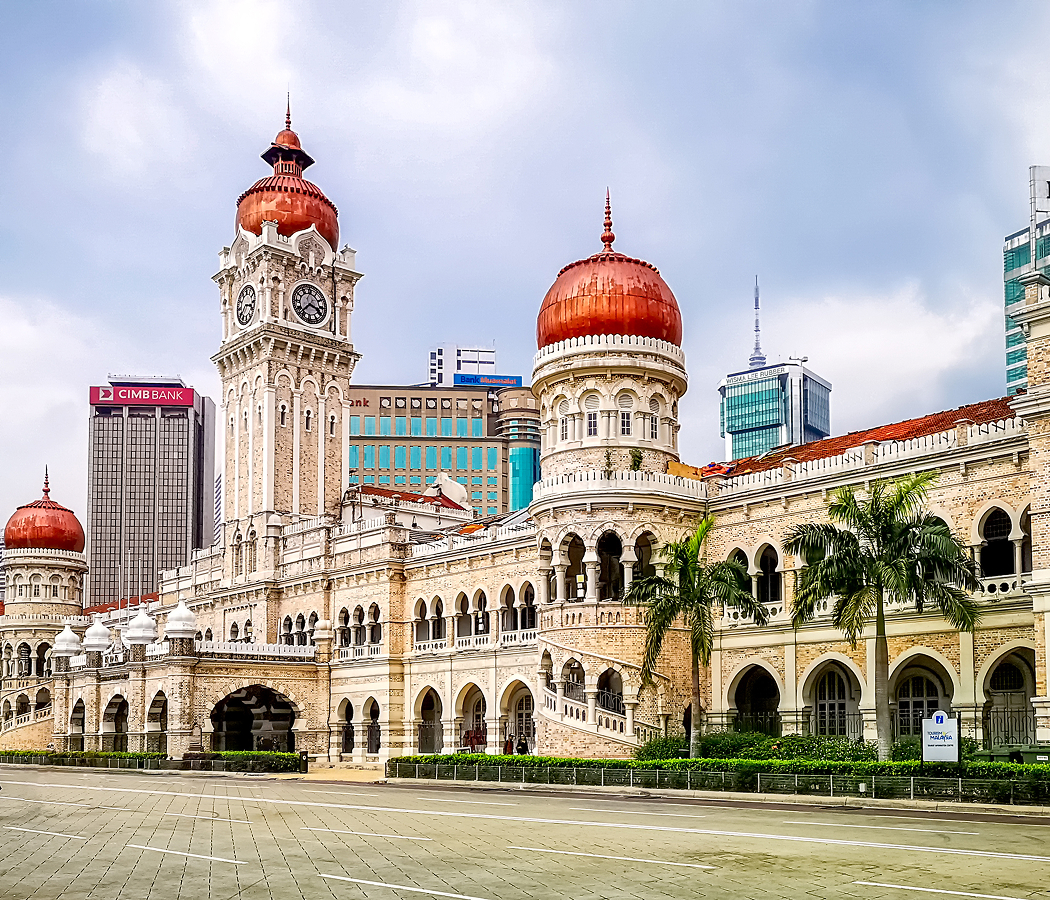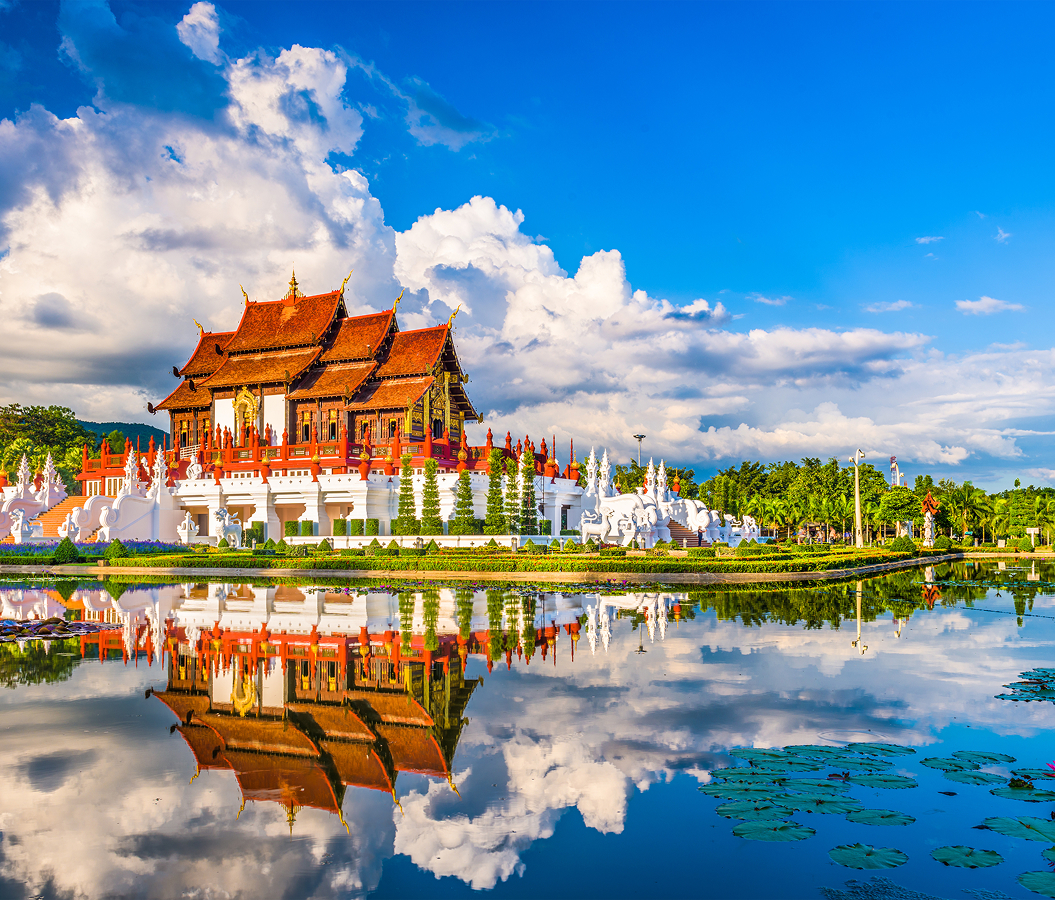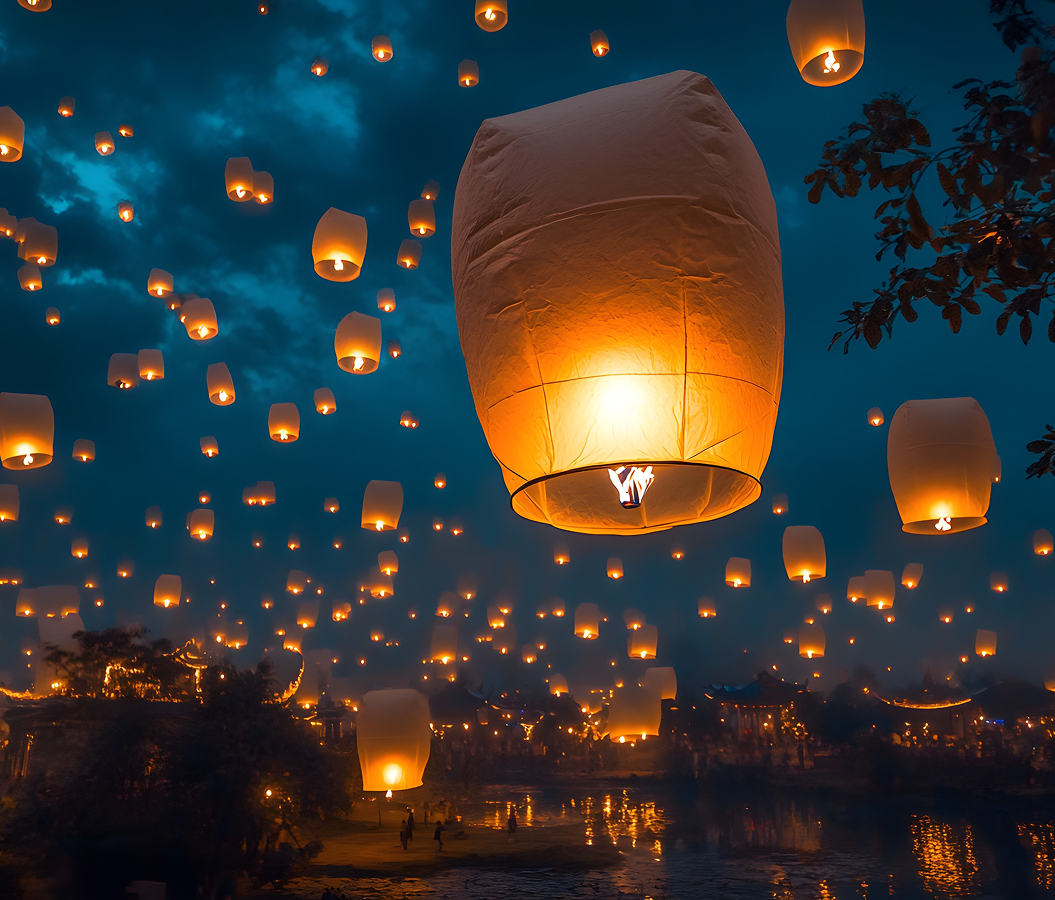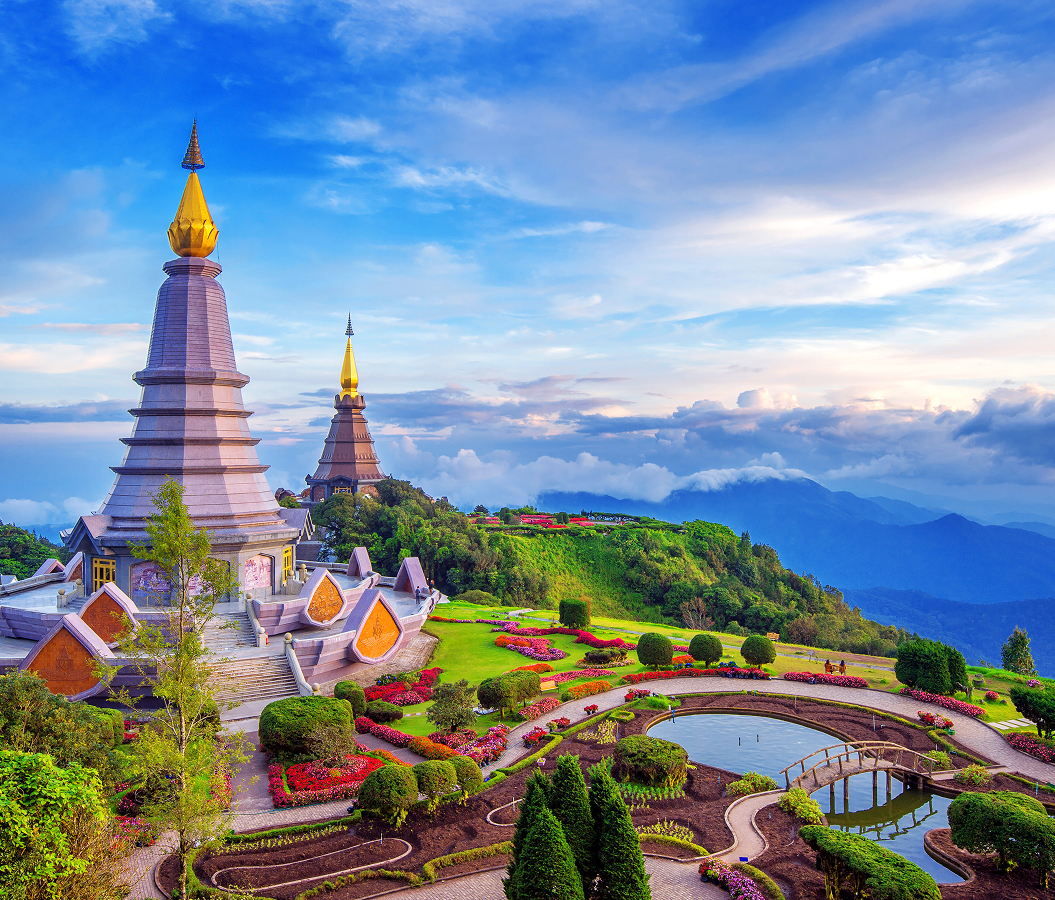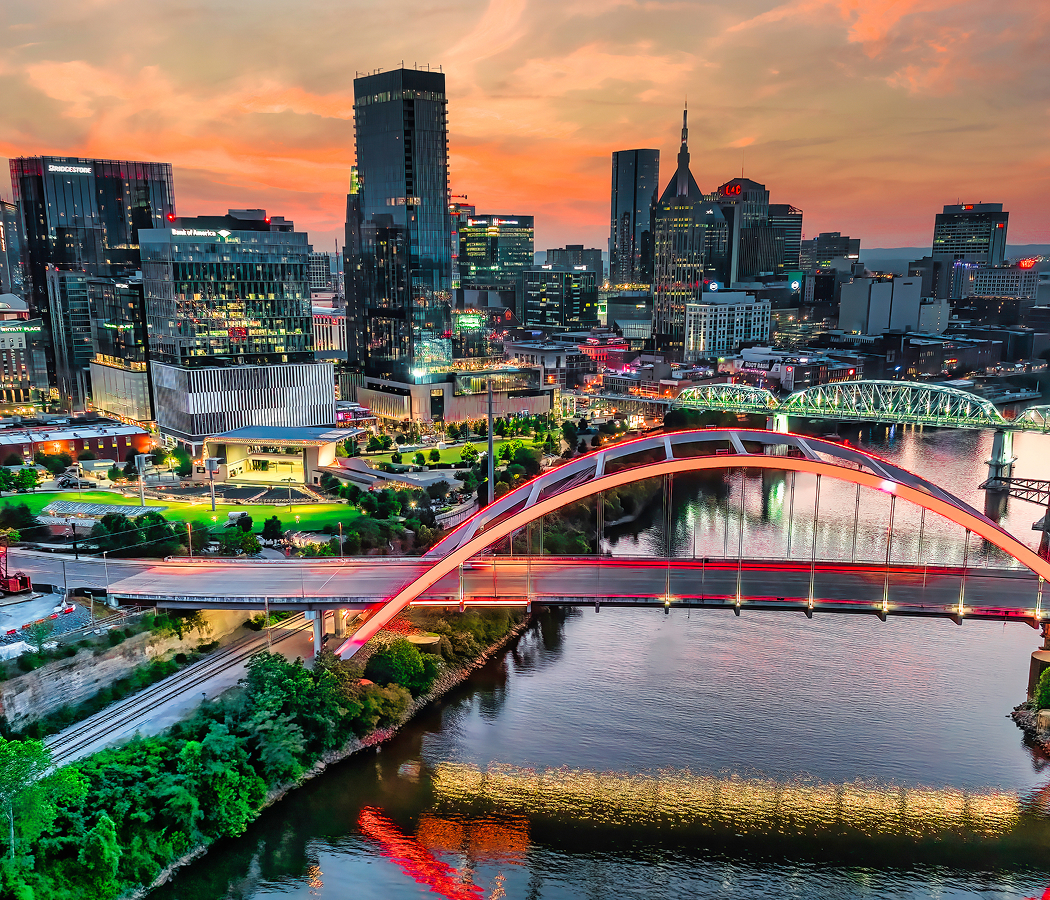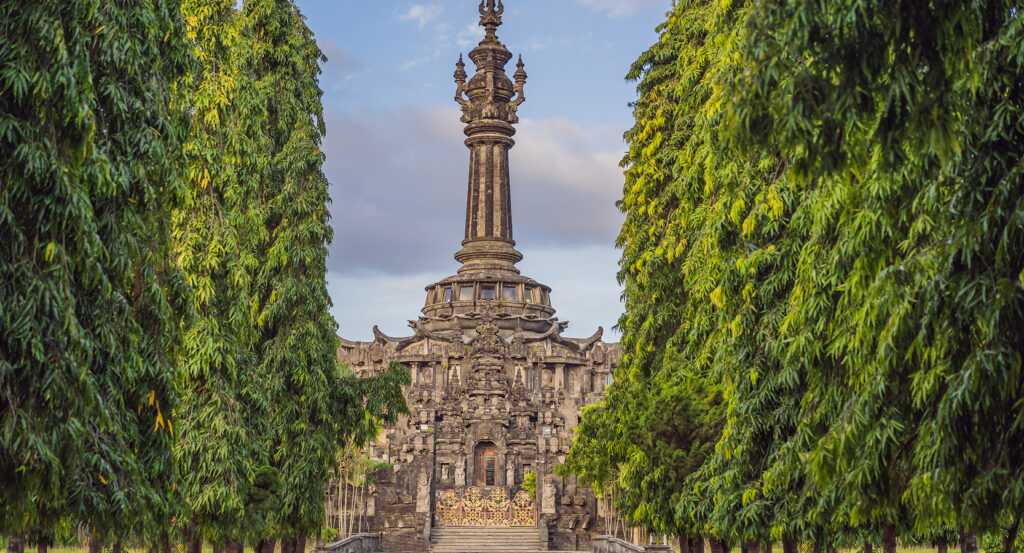
Why you should experience the Bajra Sandhi Monument in Denpasar.
The Bajra Sandhi Monument in Denpasar stands as a towering testament to Balinese resilience, artistry, and soul. Rising from the heart of Puputan Renon Square, its bold silhouette mirrors the sacred “bajra,” or priest’s bell, a symbol of cosmic balance and spiritual resonance that anchors Balinese Hinduism.
Approaching the monument, you feel its magnetism before you even reach the gates. The air is thick with the scent of frangipani and incense drifting from small temple offerings, a gentle reminder that every corner of Bali breathes devotion. The monument’s base is wrapped in elaborate stone carvings depicting centuries of struggle and triumph: scenes of farmers tilling volcanic soil, warriors defending their land, and priests mediating between the human and divine. These reliefs are not mere decoration, they are visual scripture, preserving memory through artistry. The monument’s towering central spire seems to pierce the heavens, representing the bridge between the earthly realm and the divine. Step inside, and the echo of your footsteps mingles with faint gamelan music that filters through the corridors. The spiraling staircases, bathed in filtered light from stained glass windows, evoke the feeling of ascending through layers of Balinese history itself. Each step feels symbolic, a quiet pilgrimage through time, faith, and identity. At the top, the observation deck opens to a sweeping view of Denpasar, where temples and traffic blend into a living mosaic of modern Bali. The Bajra Sandhi Monument isn’t merely architecture; it’s a physical embodiment of harmony between spirituality and national pride, a sacred story told in stone.
What you didn’t know about the Bajra Sandhi Monument.
Although its spirit feels ancient, the Bajra Sandhi Monument is a product of modern vision grounded in tradition. Completed in 2003 after nearly two decades of design and construction, it stands as one of Bali’s most symbolically layered landmarks.
The monument’s very dimensions are an homage to Indonesia’s independence: 17 steps, 8 main pillars, and a height of 45 meters correspond to the date, August 17, 1945. Designed by Balinese architect Ida Bagus Gede Yadnya, it seamlessly merges religious cosmology with national heritage. The interior museum, tucked beneath the grand exterior, chronicles the island’s long arc of civilization. Dioramas depict Bali’s prehistoric beginnings, the arrival of Hindu culture from Java, the colonial resistance movements, and the eventual birth of an independent Indonesia. Each exhibit hums with life, painted figures, natural textures, and traditional attire creating immersive tableaus that feel like time captured mid-motion. What sets Bajra Sandhi apart from most monuments is its dual purpose: it is both an artistic archive and an active civic space. The site regularly hosts religious ceremonies, national parades, and cultural festivals that unite locals in reflection and celebration. Even the materials, dark volcanic rock and coral stone, are chosen with intention, symbolizing strength, purity, and the island’s deep connection to its elemental roots. Few realize that the structure also sits along an invisible spiritual axis connecting Mount Agung to the sea, aligning the monument with the flow of sacred energy known as taksu. This alignment turns Bajra Sandhi from a memorial into a living ritual of balance, the kind of quiet grandeur that defines Balinese identity.
How to fold the Bajra Sandhi Monument into your trip.
Experiencing the Bajra Sandhi Monument is best done unrushed, with time to absorb both its outer beauty and inner meaning.
Arrive early in the morning when the light spills softly over Puputan Renon Square, and locals fill the surrounding park for tai chi, yoga, or morning walks. Start your visit by circling the monument’s base to appreciate the detailed carvings before entering through the grand stairway. Inside, move slowly through the museum exhibits, letting the story of Bali unfold chronologically around you. As you climb the spiral staircases to the upper deck, pause at the stained glass windows, each one refracts sunlight into patterns of blues, ambers, and golds that dance across the stone. From the top, Denpasar stretches in all directions: a city both ancient and evolving, where temple rooftops blend with government buildings and modern cafés. After descending, rest in the surrounding gardens, shaded by banyan trees and punctuated by lotus ponds that mirror the monument’s spire. Vendors nearby sell coconuts and local snacks, making it easy to linger and reflect. For photographers, sunset offers the most dramatic view: the monument silhouetted against a sky of molten gold, its reflection rippling in the still water. When illuminated at night, Bajra Sandhi transforms into a glowing symbol of unity, its bell-like form radiating a sense of peace across Denpasar. It is more than a memorial, it is Bali’s beating heart made visible, a space where art, faith, and freedom converge. Visiting here isn’t about checking off a site, it’s about witnessing the soul of a culture that has endured, evolved, and continues to rise eternal.
Hear it from the Foresyte community.
Not your typical insta stop. More like the spot that makes you shut up for a sec and actually think. Kinda rare to find on this trip. Worth it.
Where meaningful travel begins.
Start your journey with Foresyte, where the planning is part of the magic.
Discover the experiences that matter most.

